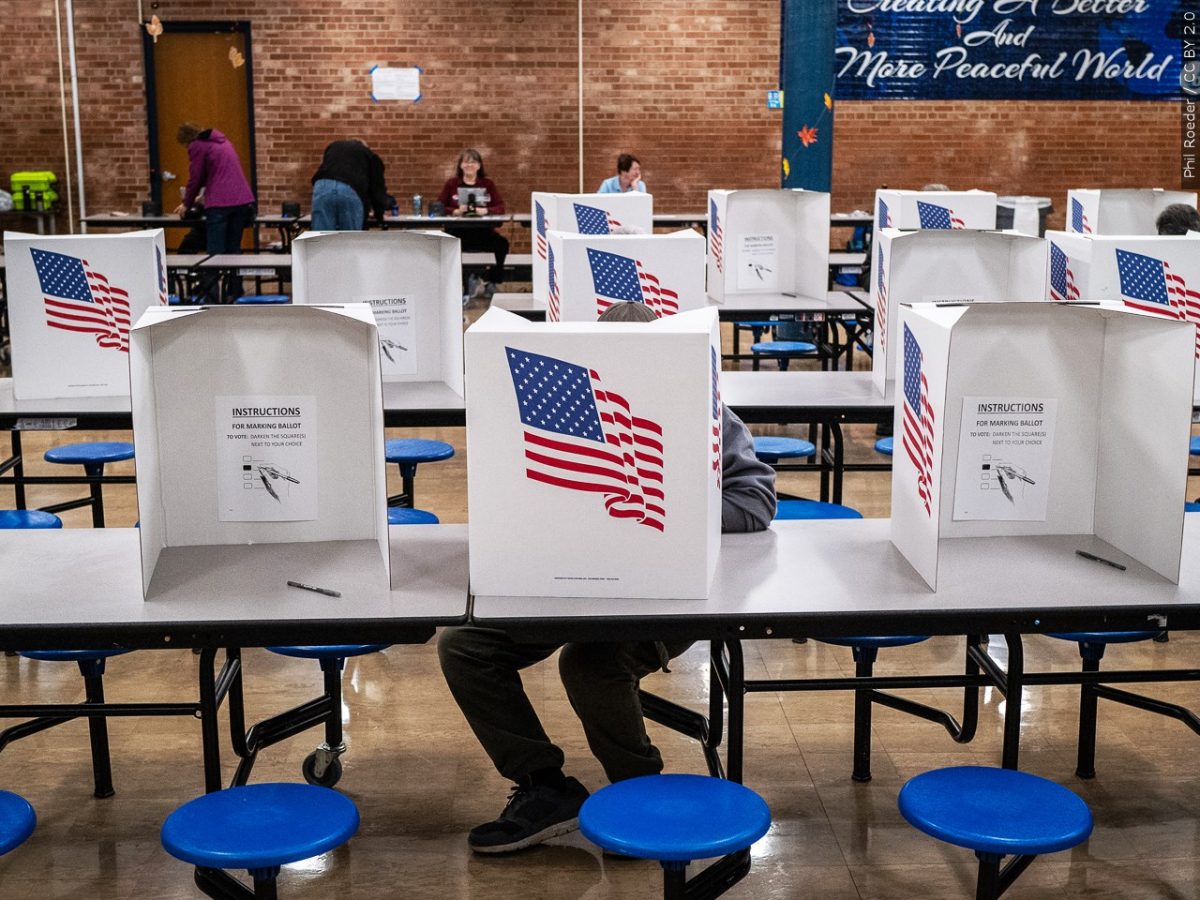
On Aug. 31, a 36-year-old man killed seven people and left 22 wounded in a “drive-by shooting spree” in Odessa, Texas, with an assault rifle-style weapon, which marks the third high-casualty mass shooting in August.
Within 24 hours, there were two mass shootings in an El Paso, Texas, Walmart and in a popular nightlife district in Dayton, Ohio. Twenty-two people died and 24 were wounded in El Paso; nine people were killed and 27 were wounded in Dayton.
Mass shootings in the United States have become more increasingly more frequent, outnumbering the total number of days in 2019, according to data from the Gun Violence Archive.
The GVA defines a mass shooting based on “the numeric value of four or more people shot or killed, not including the shooter,” which explains why the report may initially sound ridiculous.
It’s difficult for researchers to produce a common rationale for the motivation behind each of the shooters’ reasons for acting due to the differences in the nature of the incidents, whether it’s cultural, religious, mental illness-related or terrorism.
This includes the differences in nature of the mass shootings at Sandy Hook Elementary School in Newtown, Connecticut; the Pulse nightclub in Orlando, Florida; and the Tree of Life synagogue in Pittsburgh, Pennsylvania.
However, the recent mass shootings brought attention to the never-ending debate of video game violence, its effects on adolescents’ behaviors and a possible underlining reason for the increasing number of mass shootings in the U.S.
In a public statement made by President Donald Trump, he addressed video game violence in the U.S. and argued that the glorification of violence has to stop.
“This includes the gruesome and grizzly video games that are now commonplace. It’s too easy for troubled youth to surround themselves with a culture that celebrates violence,” Trump said.
Whether Trump’s statements are agreeable or not, it’s important to note that there are two sides to the argument he presented, both geared toward people who play video games and those who don’t play video games.
In response to Trump’s remarks, it’s easy for someone who plays video games to say that they don’t have effect on their behavior and motivation to violently lash out against another person. However, it’s also easy for someone who doesn’t play video games to say they’ve witnessed first-hand video game violence causing their child’s aggressive behavior.
In retrospect, this scenario can be flipped and produce the same results in a different light, which is one of the main reasons why this debate exists.
In a 2019 study published on Feb.13, researchers at the Oxford Internet Institute at the University of Oxford found “no relationship between aggressive behavior in teenagers and the amount of time spent playing video games.”
Andrew K. Przybylski, Director of Research at the Oxford Internet Institute, based his research on a behavioral screening questionnaire using the European Union and North American media rating system, which classifies video game ratings from “E for Everyone” and “M for Mature.”
His study also noted that this method of research has been “widely employed by researchers, educators, and clinicians to assess the psycho-social functioning of children and adolescents ranging in ages from four to 17 years.”
In Przybylski’s closing remarks on the study, he said, “Part of the problem in technology research is that there are many ways to analyze the same data, which will produce different results,” which indicates that there can be studies that produce a counterclaim to the Oxford study.
Przybylski also said that his study didn’t record the findings that some mechanics and situations in video gaming “do not provoke angry feelings or reactions in players,” referencing that there are players who trash-talk, exhibit competitiveness and “troll” in the gaming community.
In the 2019 video game era, new technology such a virtual reality, or VR, has become a popular and inevitable addition to how we play video games.
In VR, a person can literally simulate shooting another person, which further encourages political figures and some researchers to suggest that this industry is pushing its limits in the wrong direction.
In addition to new technology, a popular technology that video game developers are implementing into their games is photo geometric technology, which creates realistic environments based on an object’s geometric features.
This technology is evident in the upcoming annual and first-person shooter “Call of Duty: Modern Warfare,” a reboot to the 2007 original, which features realistic bullet travel time, photo geometric environments and uncomfortable gun-play scenarios.
There is no denying that as technology progresses, video games will become much more real for its players to immerse themselves in, which raises the question: how much is too much?
It’s impossible to rule out that video game violence has an effect on the increasing number of mass shooting in the U.S. but when there is no proof of motivation or reason behind a shooter’s actions, people will turn to anything that might be a reason for concern.



















